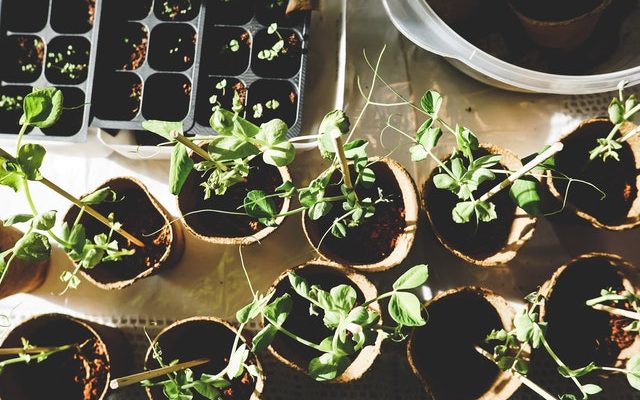Long-blooming roses
Roses have a very long flowering time. A rose is a perennial and you buy it for several years.
They bloom for a long time and there are so many beautiful varieties that there is a suitable rose for every modern garden.
First, think about what type of rose you would like. You treat a climbing rose differently than a shrub rose.
And a ground cover rose looks different from a standard rose.
The latter is also very nice in a nice pot.
Roses have been crossed on a large scale by breeders, and improved varieties are introduced to the market every year.
So take a good look at which rose you like best for your garden and purchase it.
You can transform a bare wall or pergola with beautiful lime roses into a fragrant blooming spectacle.
You buy roses with or without soil
Rose with bare roots
You buy a rose in a pot with soil or as a plant with bare roots. You can plant these bare-root roses from October to May.
You can plant a rose in a pot all year round, but not when there is frost in the ground.
How do you plant a rose?
Make a planting hole, turn the soil well so that there is sufficient air in the soil.
On a piece of land where roses have previously stood, it is better to improve the soil first with a soil improver or replace the soil.
Plant the rose and immediately add enough water.
With a rose with an occultation point, the point where the thickening is at the bottom of the stem, ensure that this point is approx. 3 cm. gets underground. A rose without this thickening can be planted so deep that the roots and a small part of the trunk will be underground.
Gently press the soil.
Sprinkle some organic fertilizer granules around the top layer.
Make sure that the plant does not dry out during the first few weeks. Pour at the bottom of the trunk.
Nutrition
Blooming roses
Good rose nutrition is the success for the flowering of your roses. You will be amazed at the effect. Sprinkle an environmentally friendly organic rose food around your rose bush in the spring (around March) and early summer (around June) and rake it lightly through the soil. Organic nutrients are released slowly and this ensures flowering well into the autumn.
Biodiversity
Roses contribute to biodiversity. The flowers are rich in pollen, a food source for bees, hoverflies, bumblebees and beetles. The rose hips in the autumn are again food for birds such as thrushes, goldfinches and blackbirds.
